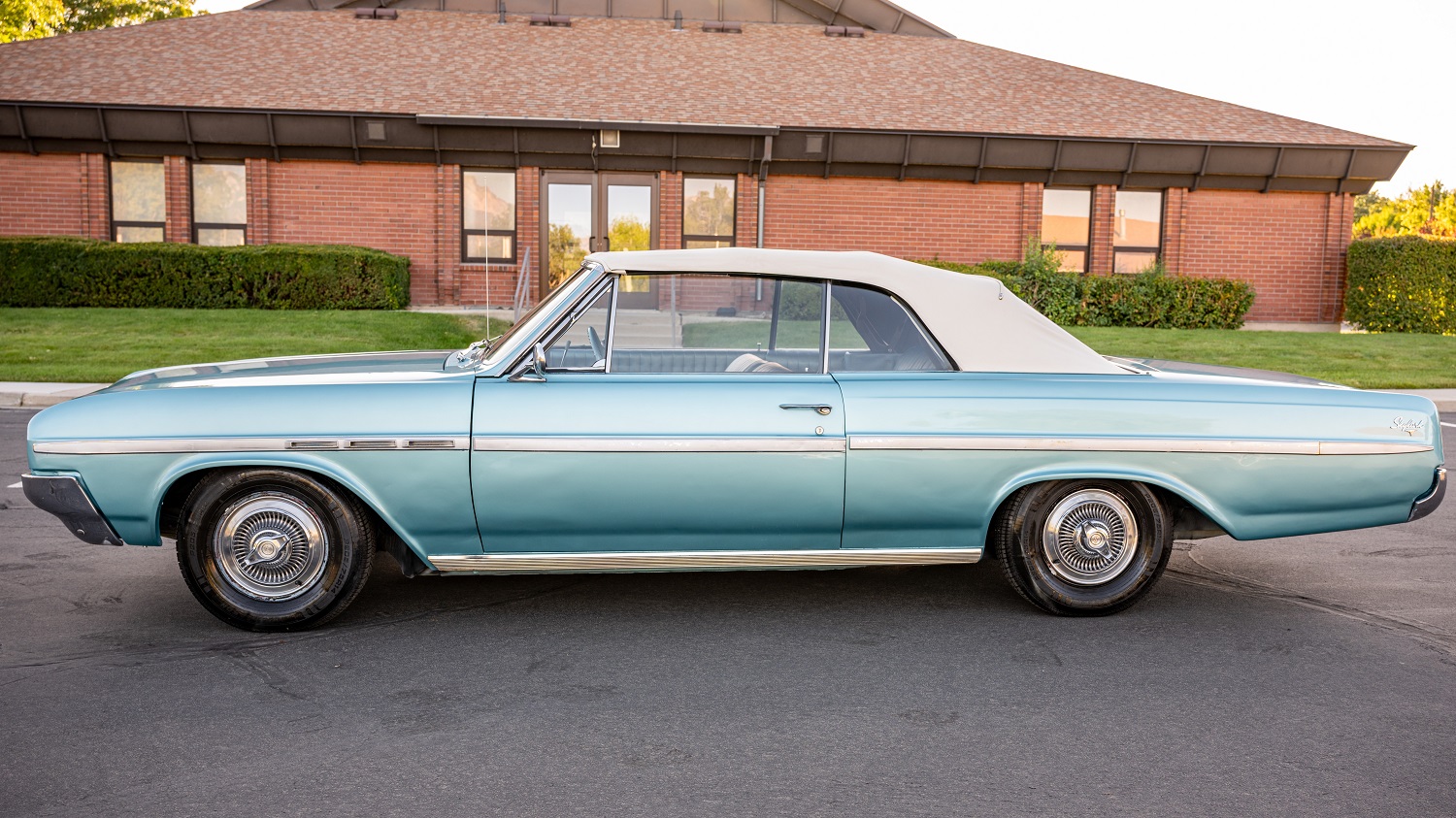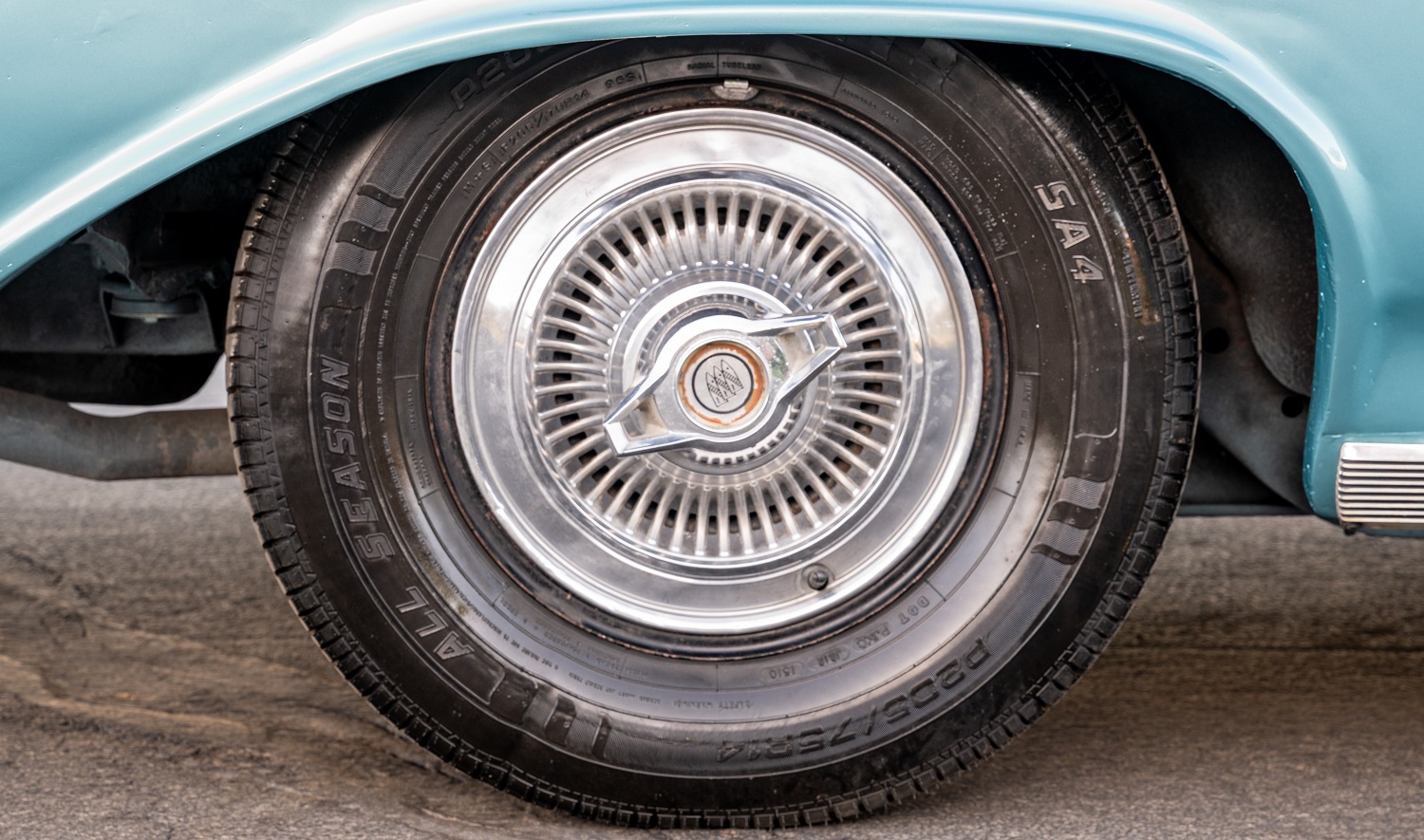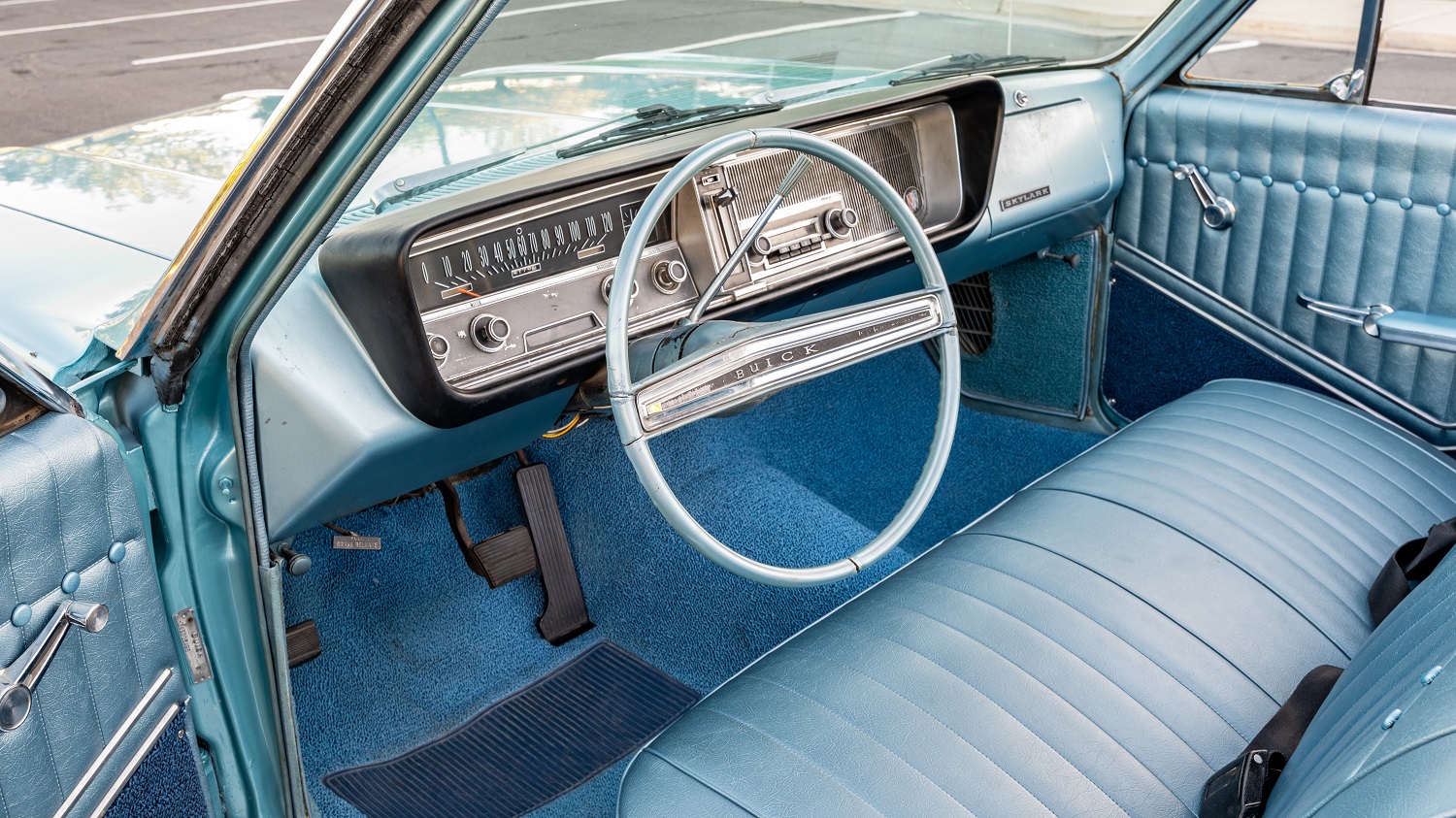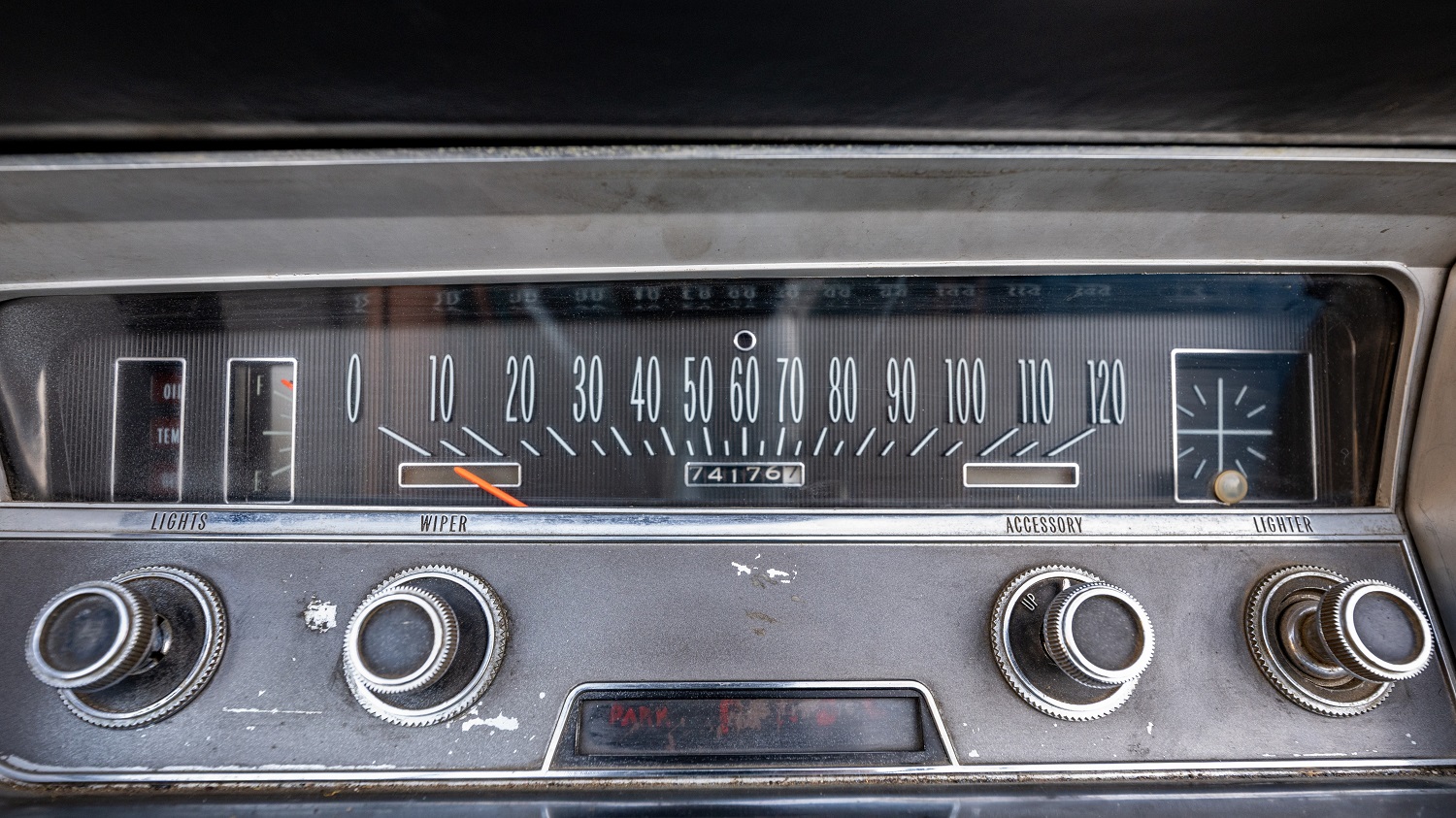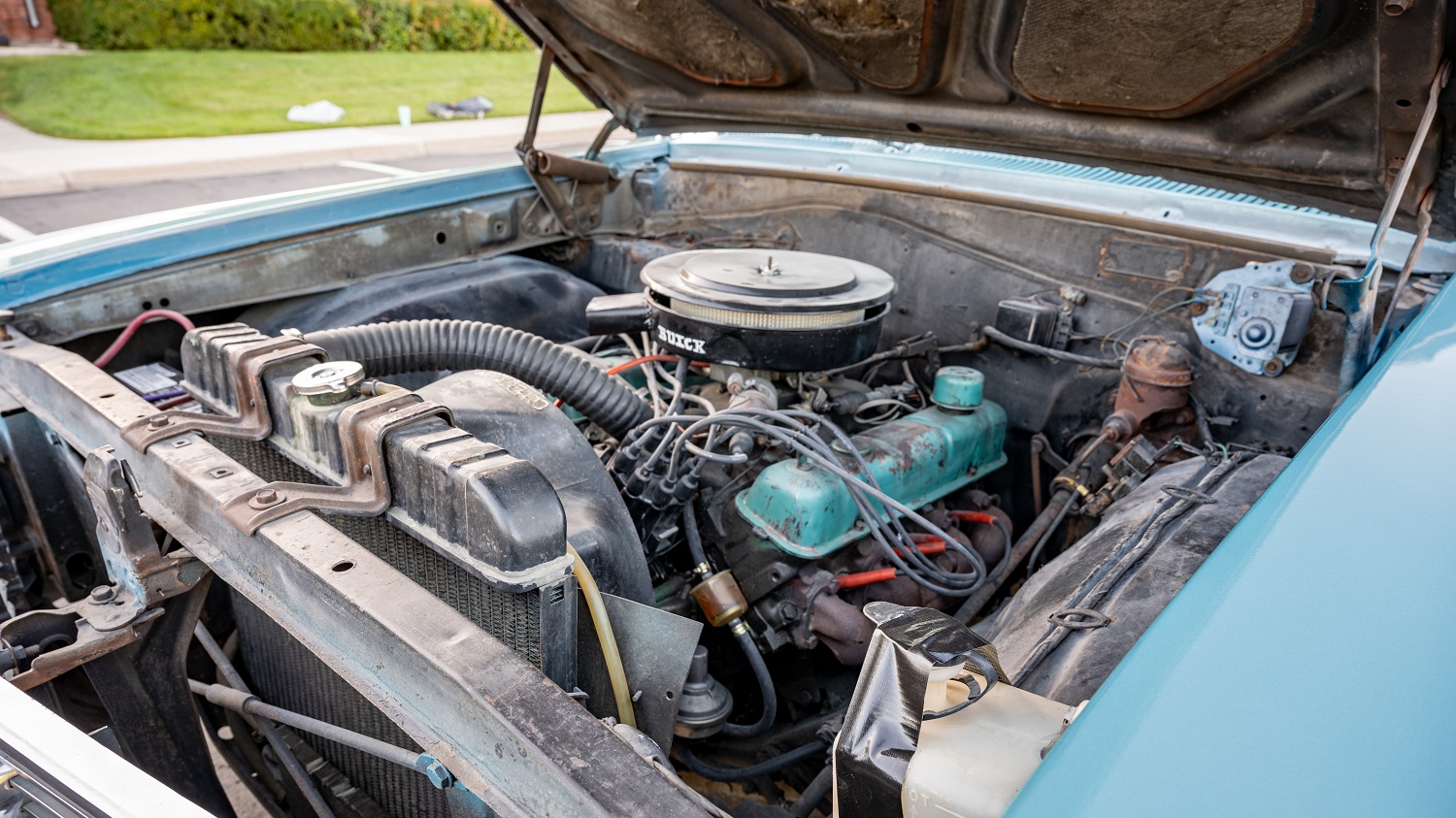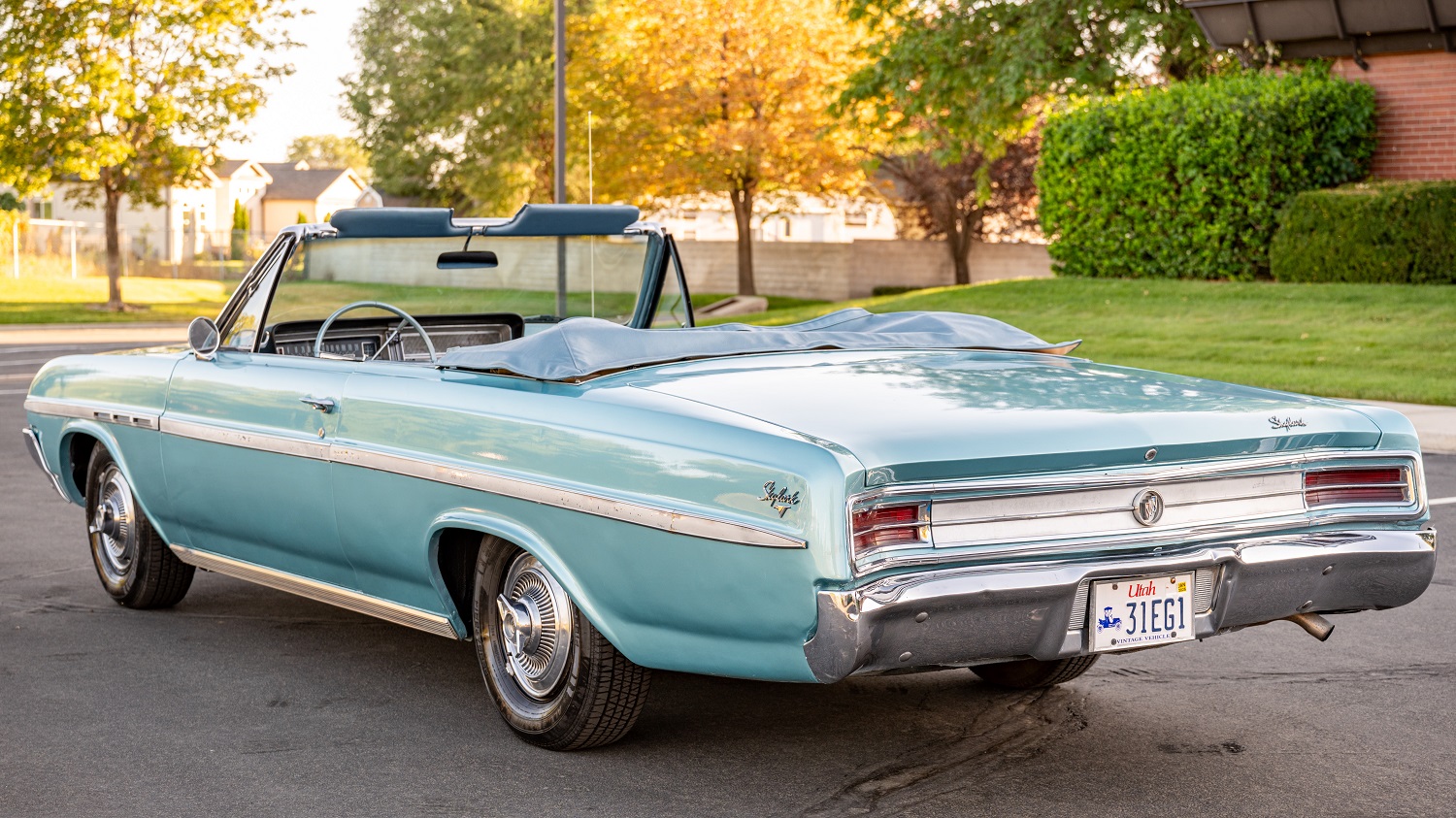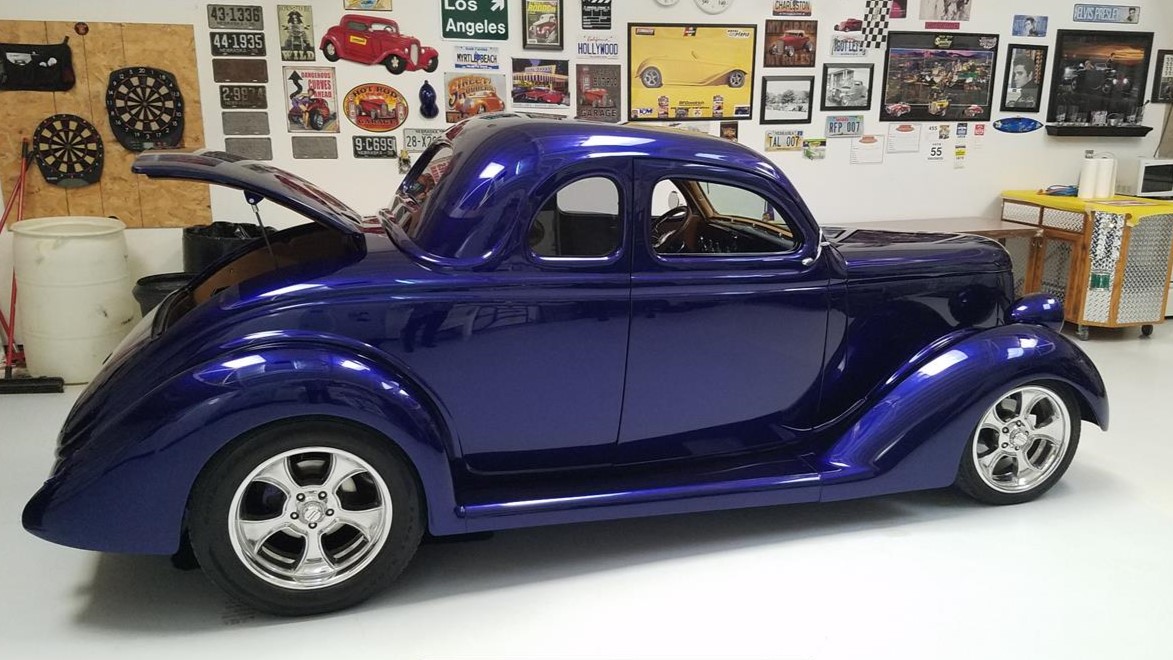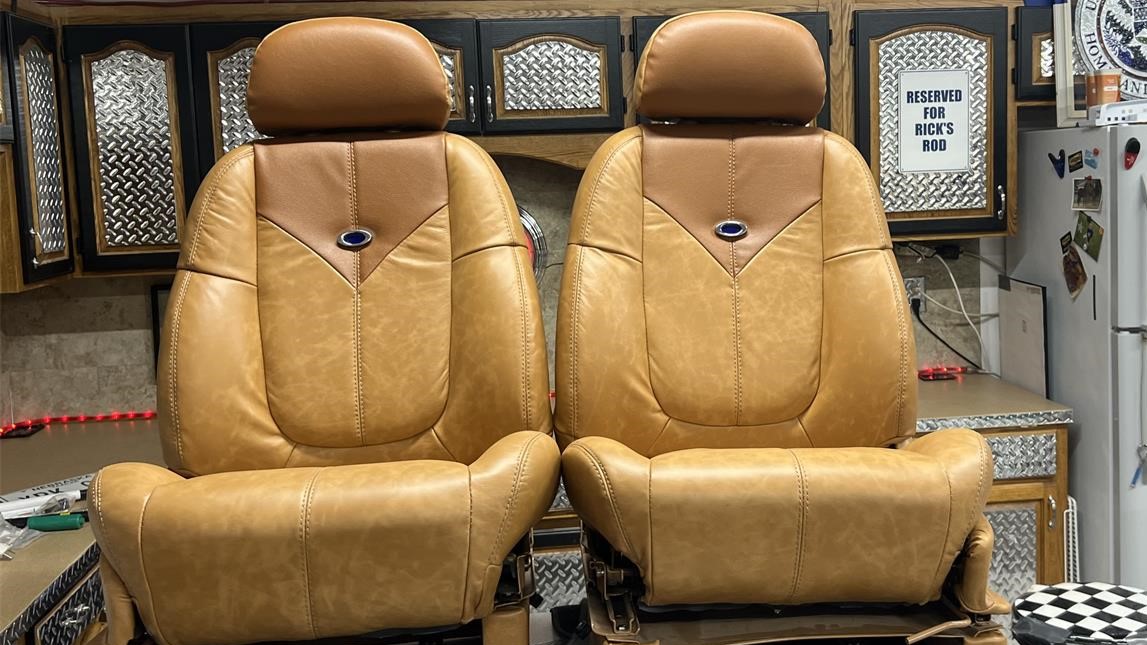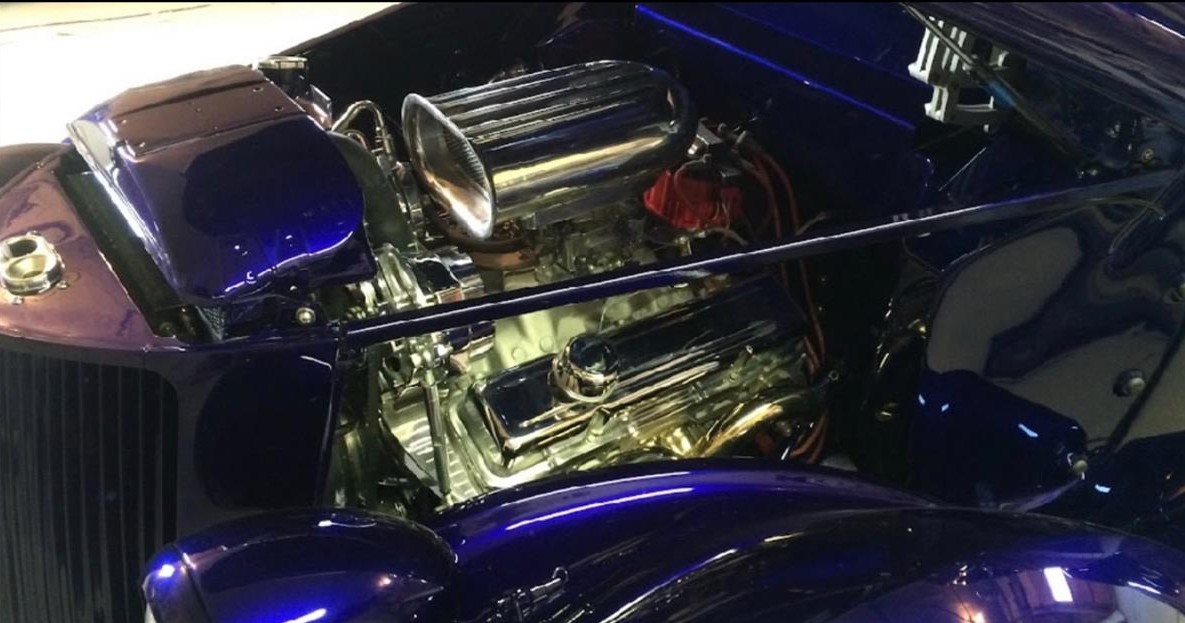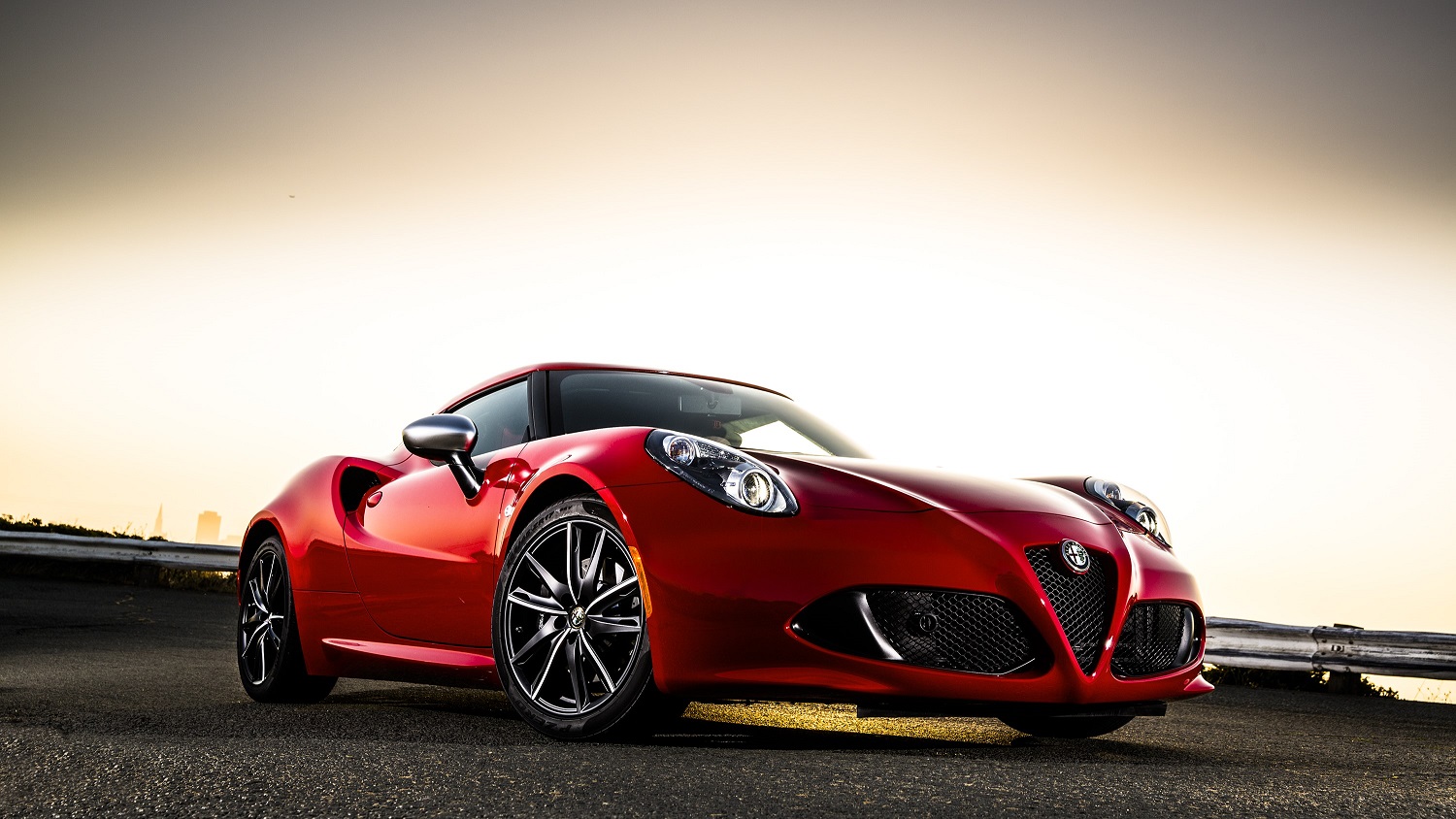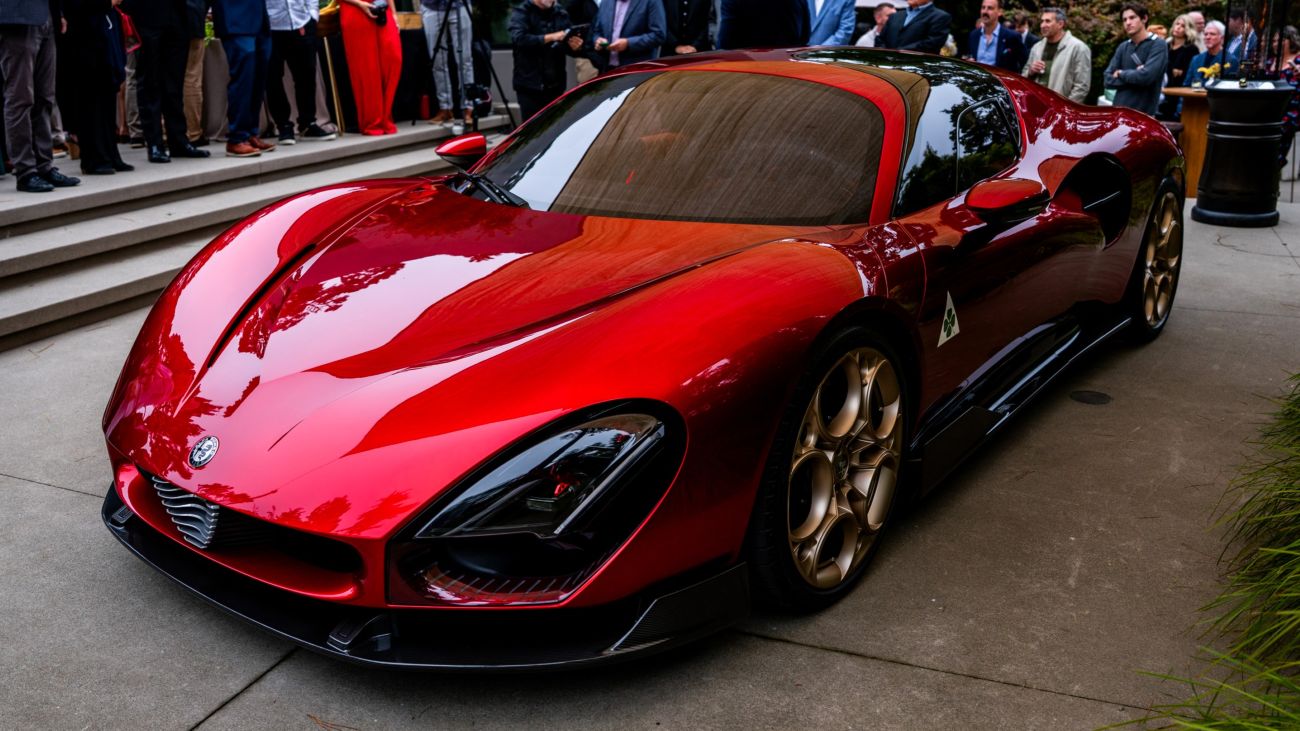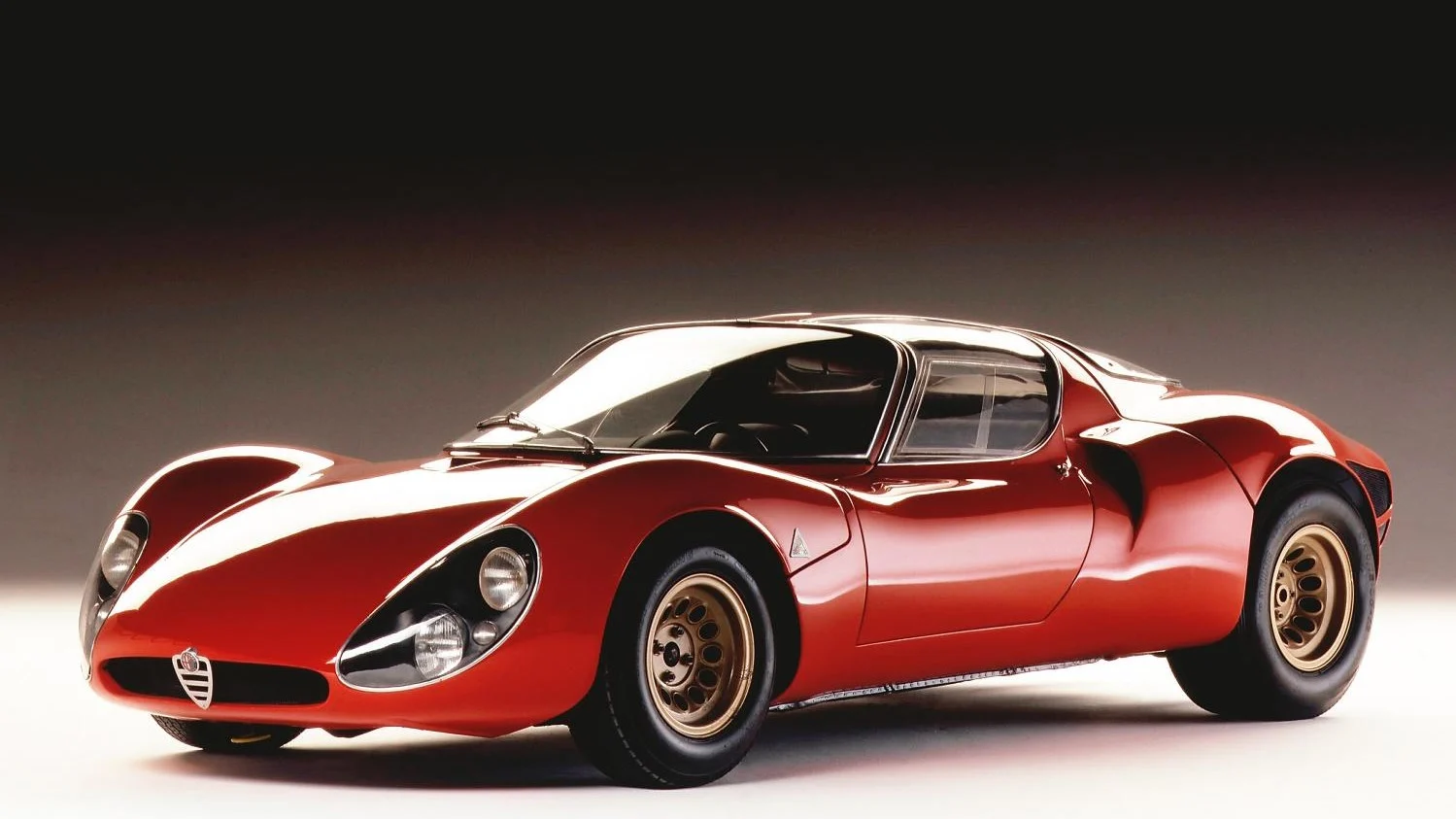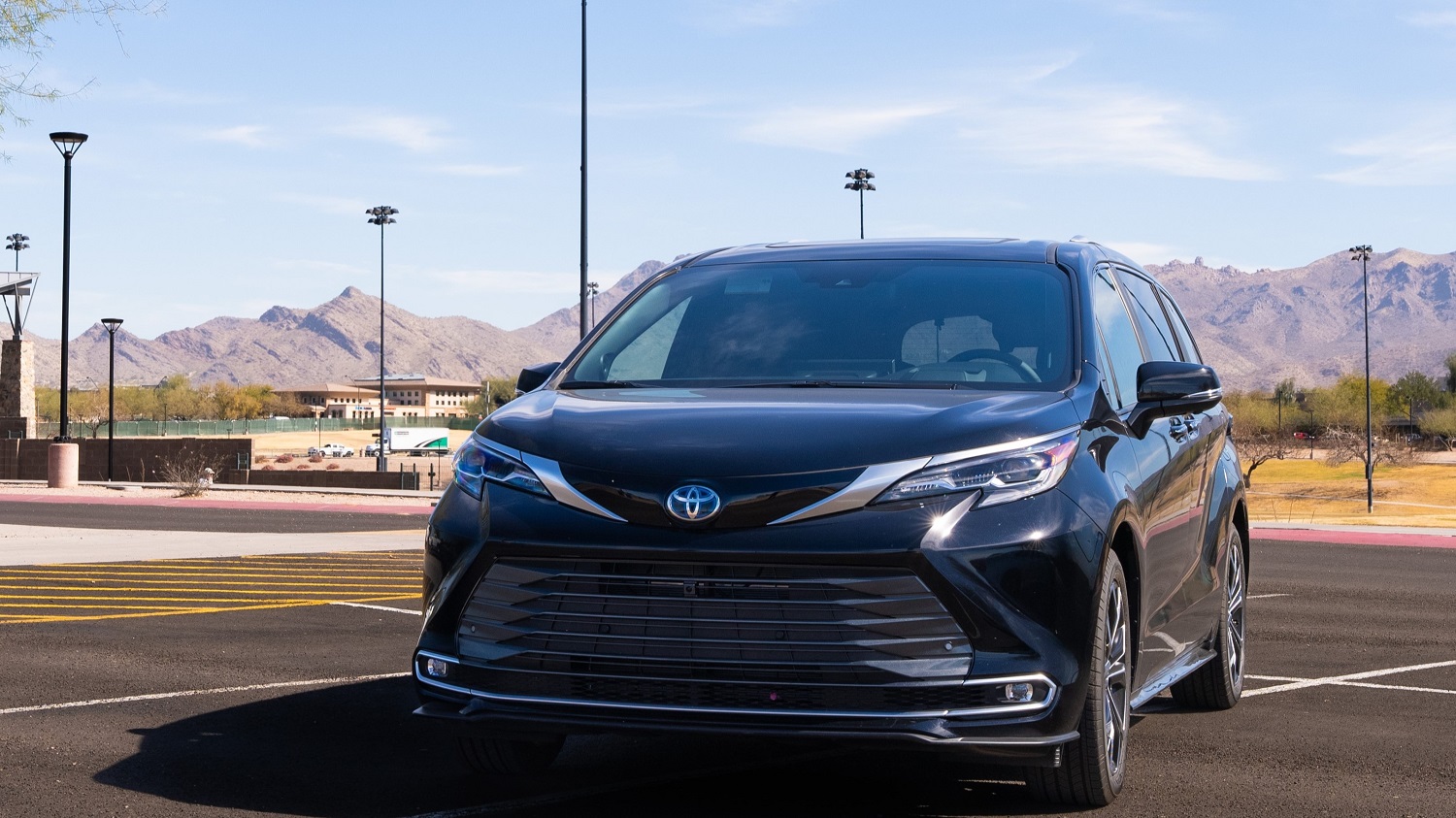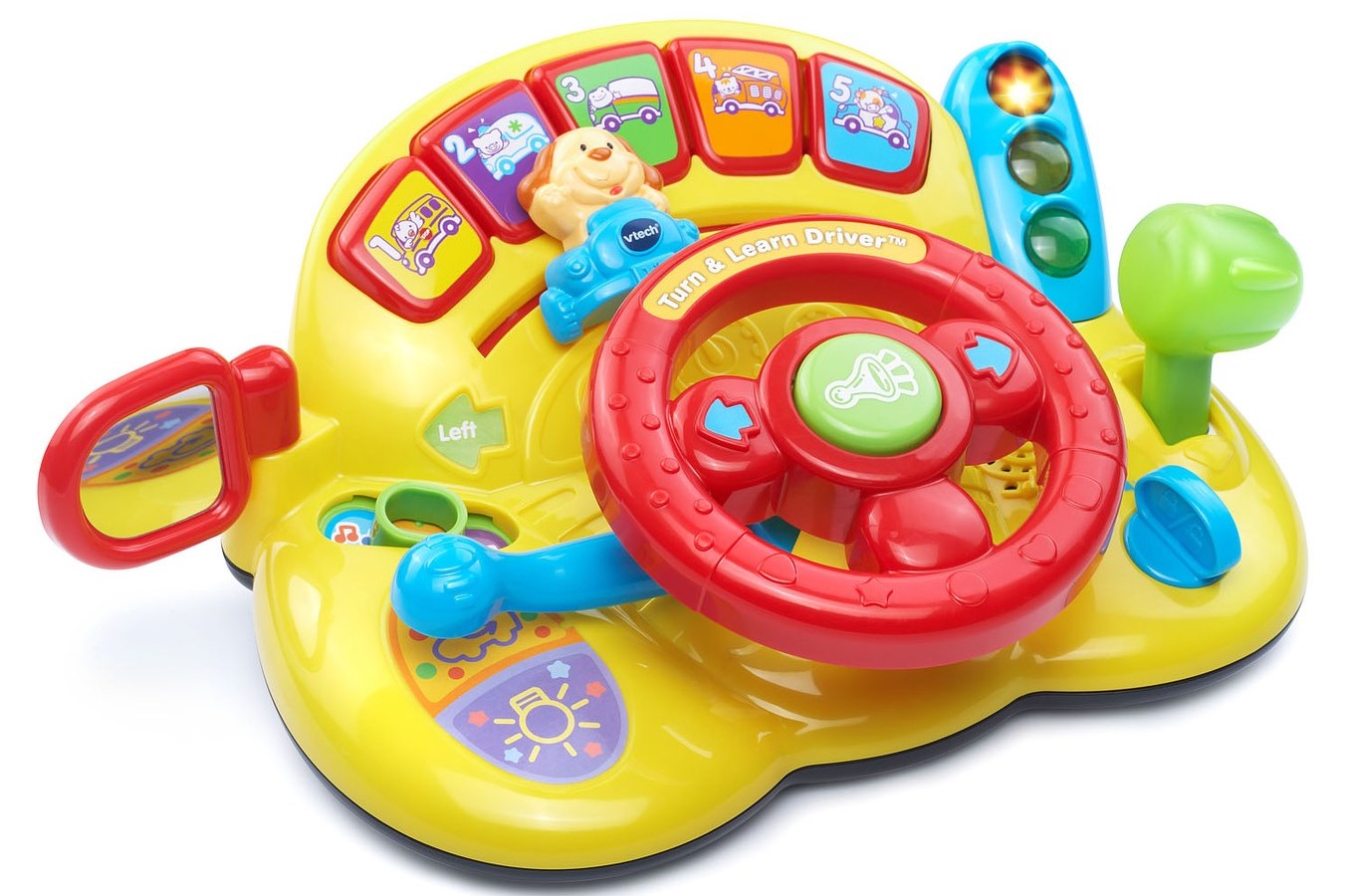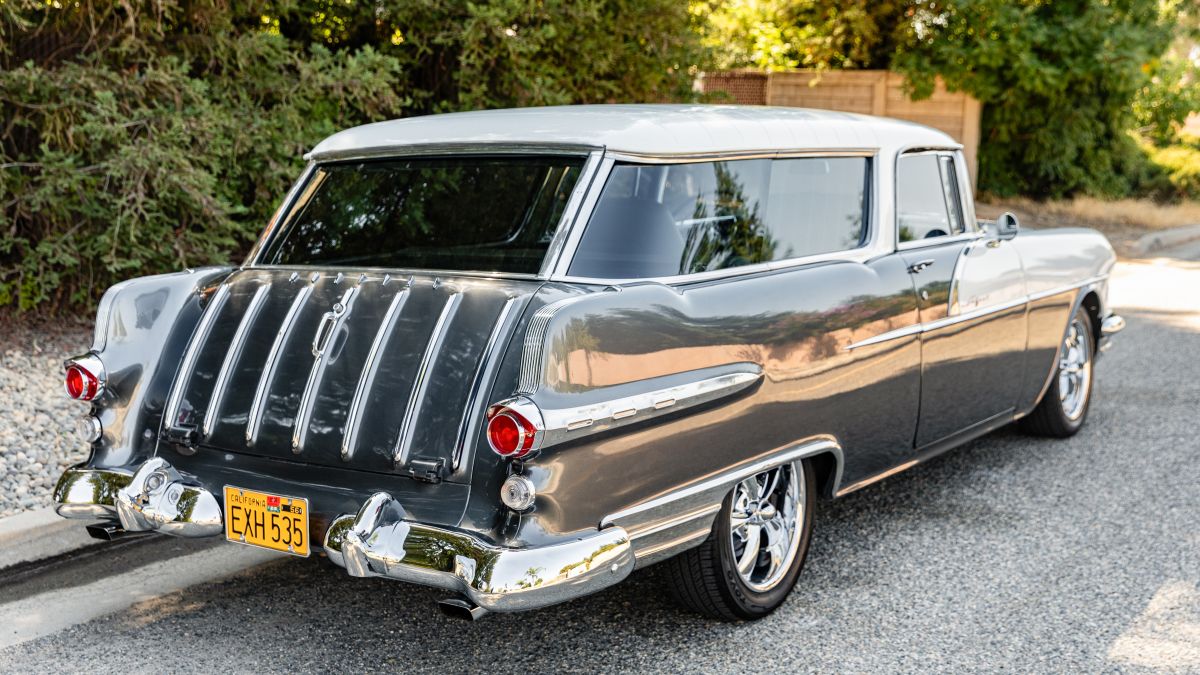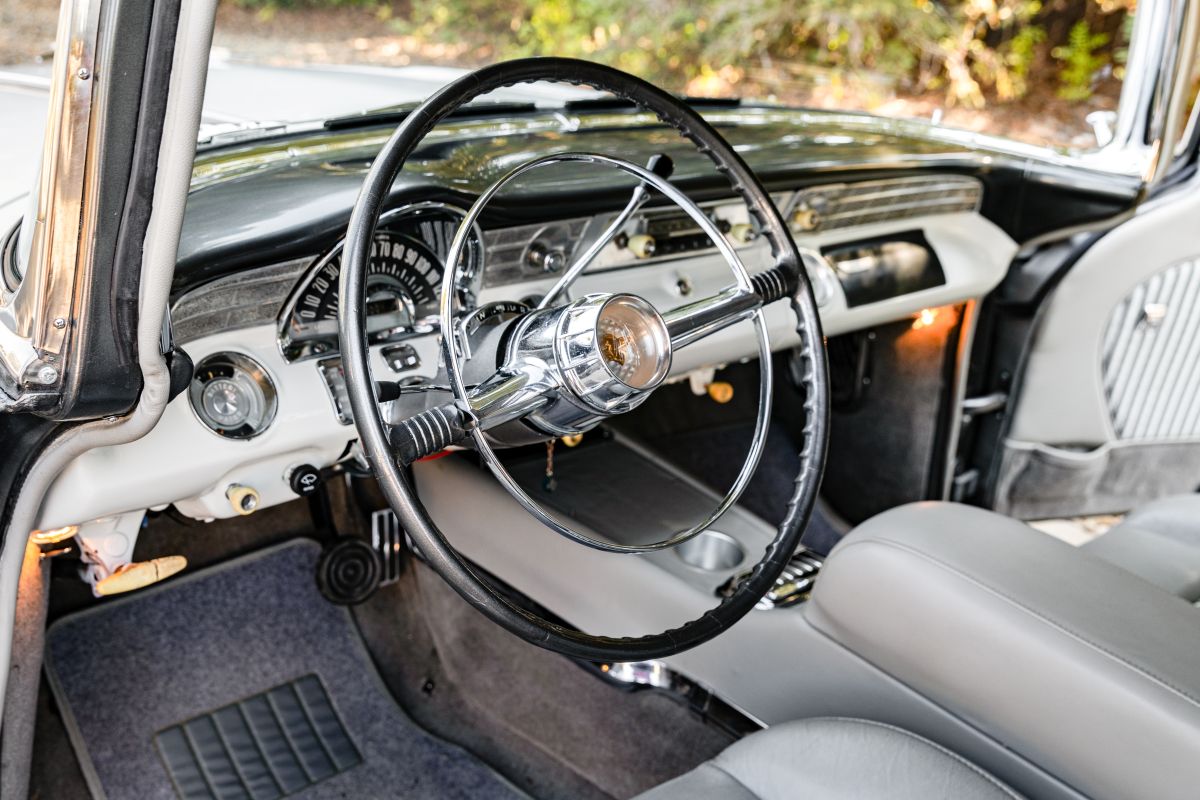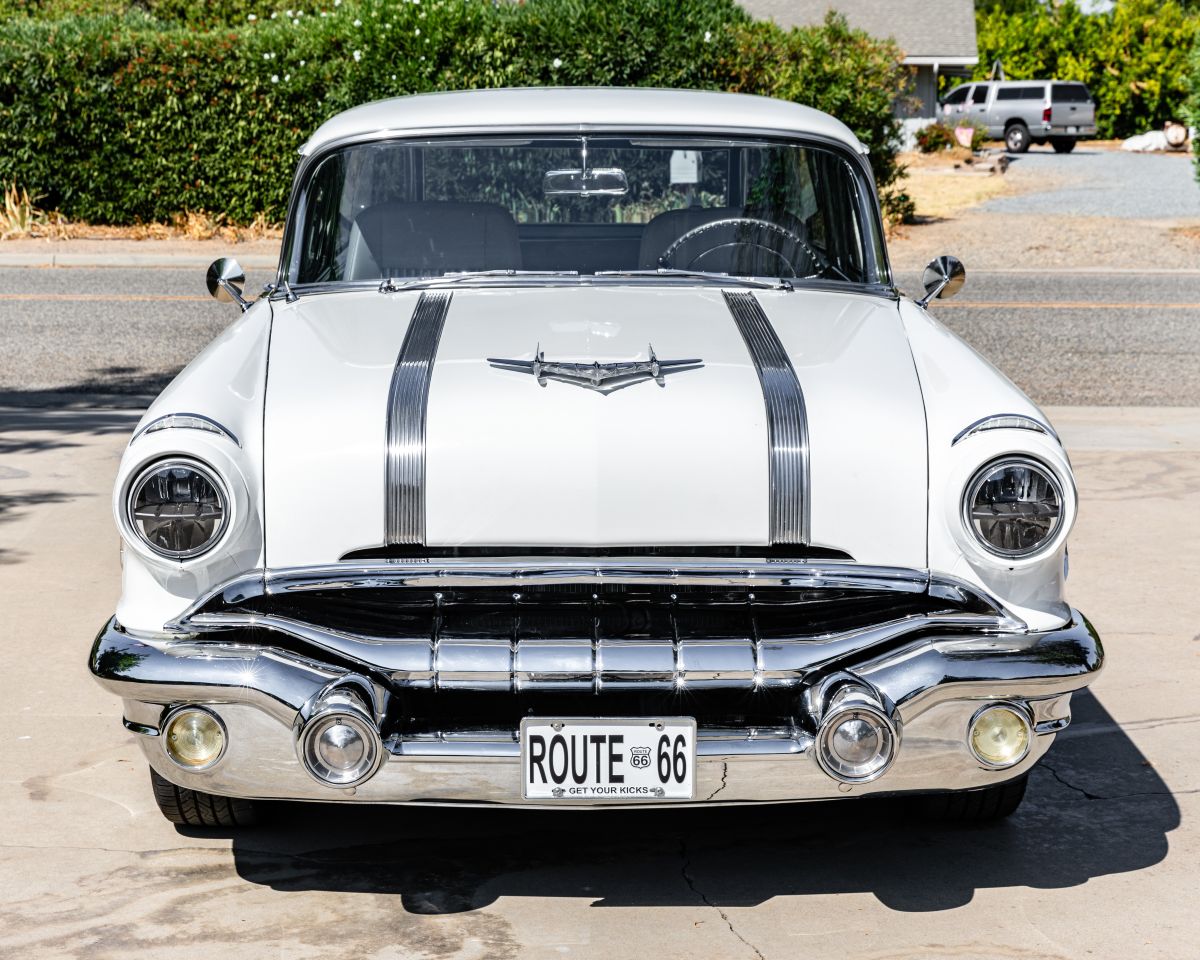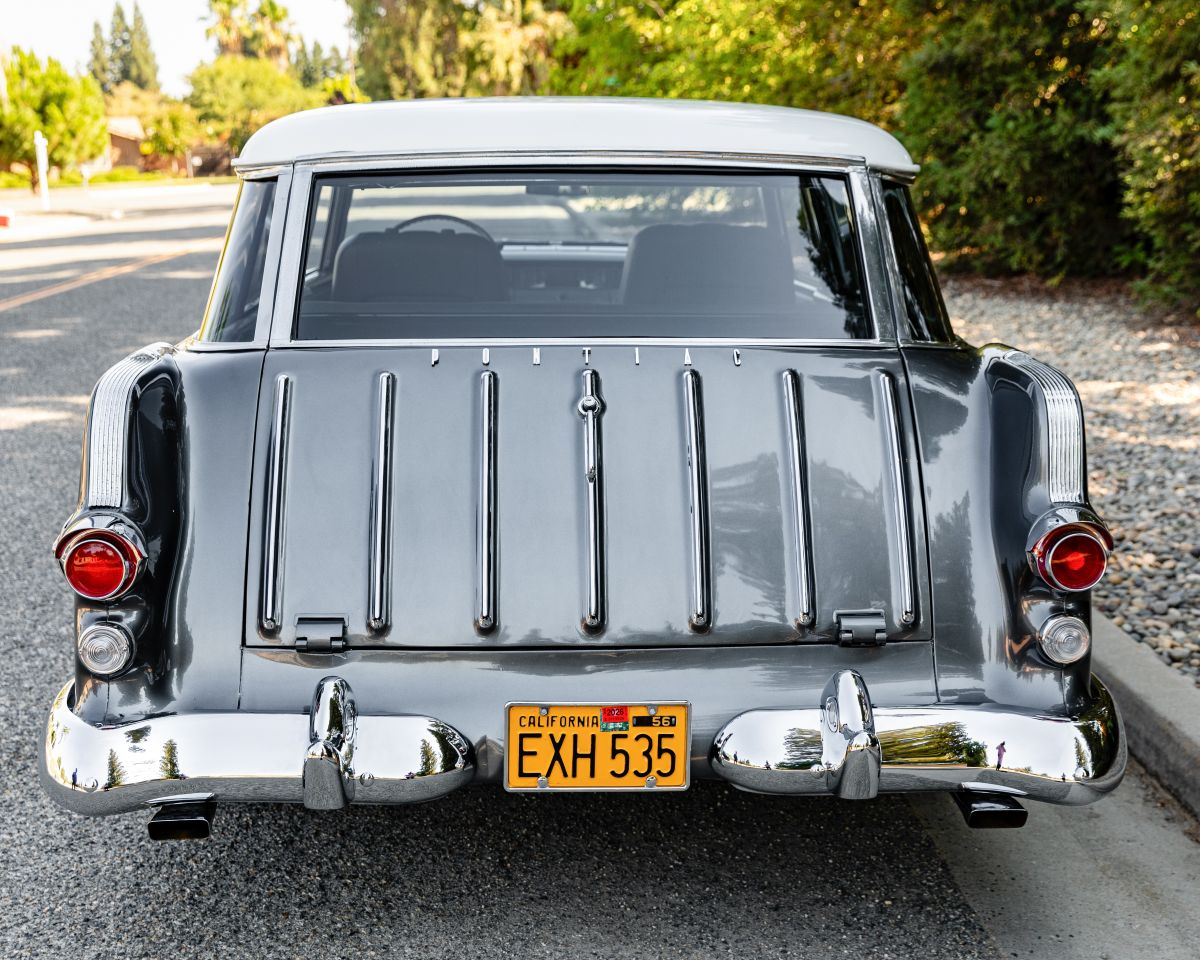Few figures in entertainment have embraced the unknown with as much charisma and curiosity as William Shatner. From commanding the USS Enterprise as Captain James T. Kirk in “Star Trek” to hosting “The UnXplained” on The History Channel, Shatner has made a career out of asking bold questions and venturing into uncharted territory. But beyond the sets, scripts and sound stages lies a piece of machinery that’s just as sleek, powerful and enigmatic as the man himself: a 2011 Porsche Panamera Turbo. Personally owned and autographed by Shatner, the Panamera – with just under 40,000 actual miles – is now selling with No Reserve at the 2025 Scottsdale Fall Auction.

This all-wheel-drive Porsche, finished in black over a matching black interior, represents a fusion of performance and presence. Its heart is a twin-turbocharged 4.8-liter V8 engine that produces a commanding 500 horsepower delivered through a 7-speed automatic transmission. It’s a vessel of speed, engineering and control, traits that mirror Shatner’s persona both on and off the screen. Yet what makes this Porsche truly compelling isn’t just its pedigree performance or its pristine one-owner condition. It’s the signature on the driver’s sun visor, Shatner’s own handwriting, etched into the cabin like a captain’s log, a subtle but tangible reminder that this was once the command center for a man who’s spent his life exploring both the fictional frontiers of space and the real-world mysteries of the unknown. For fans of “The UnXplained,” Shatner’s Porsche invites a deeper appreciation of the man behind the questions. Since 2019, Shatner has hosted the docuseries, which delves into enigmatic phenomena ranging from ancient ruins and extraterrestrial theories to mind-bending psychological puzzles. Unlike his iconic role as Captain Kirk, where fiction provided the answers, “The UnXplained” leans into life’s gray areas, the stories that science hasn’t yet solved and that folklore keeps alive. It’s not about offering conclusions; it’s about cultivating curiosity.
That same sense of wonder seems to apply to Shatner’s approach to life. At 94 years old, he’s busier than ever, recently becoming the oldest person to fly into space aboard Jeff Bezos’ Blue Origin rocket. His appetite for the unknown is a way of life. And what better car to accompany such a mindset than the Panamera Turbo, a machine that defied conventions when it debuted?

When Porsche first introduced the Panamera in 2009, it raised eyebrows. A four-door sedan from a brand known for sports cars? Yet the Panamera blended the soul of a 911 with the utility and luxury of a Grand Touring saloon. In Turbo trim, the car is a study in duality: it’s luxurious yet ferocious, stately yet startlingly quick. In many ways, it’s the automotive embodiment of Shatner himself, a polished exterior concealing endless layers of depth, passion and surprise. This particular Panamera Turbo is also enabled for Sirius XM and registered with LoJack, underscoring Shatner’s practical side.

For collectors and fans alike, registering to bid on this Porsche Panamera is a chance to own a piece of pop culture history, a symbol of a man whose career hasntraversed genres, galaxies and generations. Whether you grew up watching “Star Trek,” have followed Shatner’s many music albums and memoirs, or are a devoted viewer of “The UnXplained,” this Panamera links you directly to the legend.
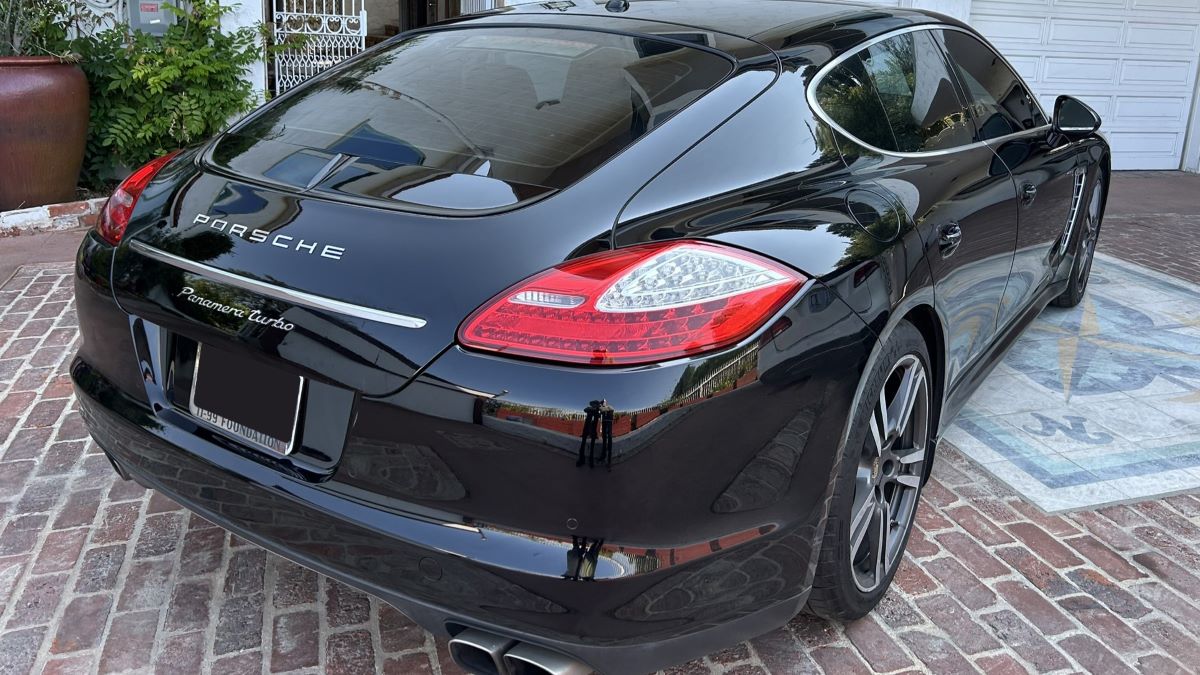
Shatner once said, “You have to create your life. You have to carve it, like a sculpture.” This Porsche is part of that sculpture, an artifact from a life built on defying expectations, embracing adventure and always asking what lies beyond the horizon.
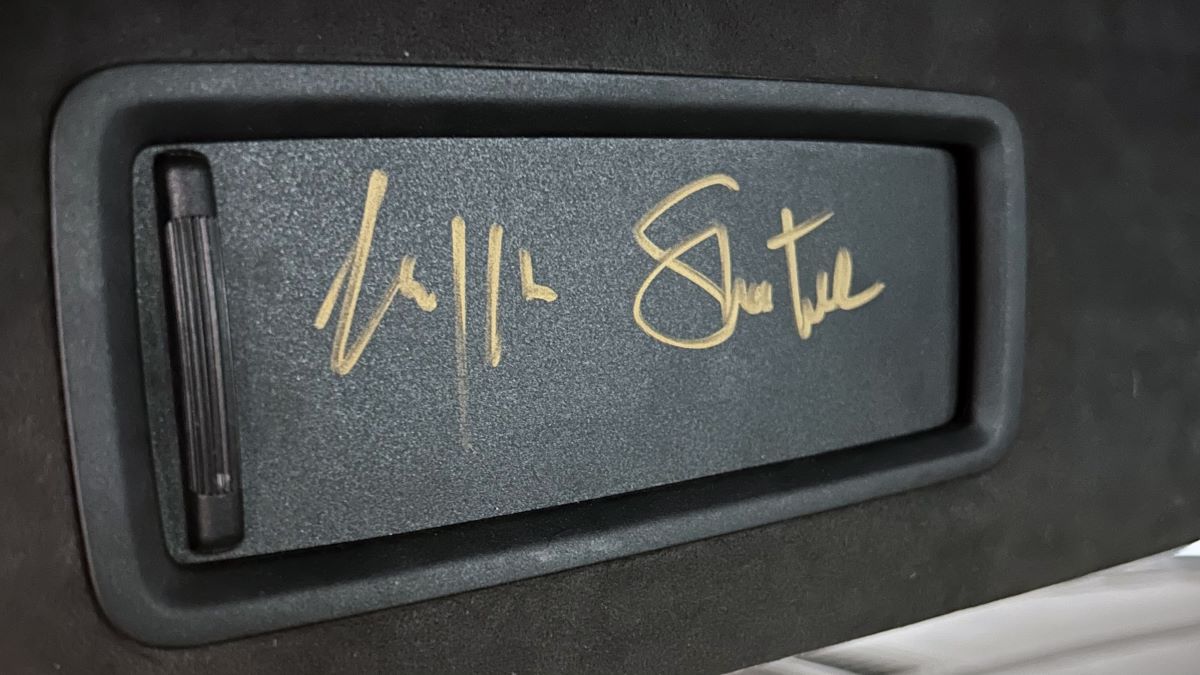
As the car crosses the auction block with No Reserve, Oct. 15-18 at WestWorld, it will carry the spirit of curiosity and wonder. Like Shatner’s voice narrating tales of haunted lighthouses or mysterious disappearances, this Panamera tells its own story: one of speed, sophistication and the relentless pursuit of the unknown.
This article was originally published on Barrett-Jackson.com
